Responsibilities
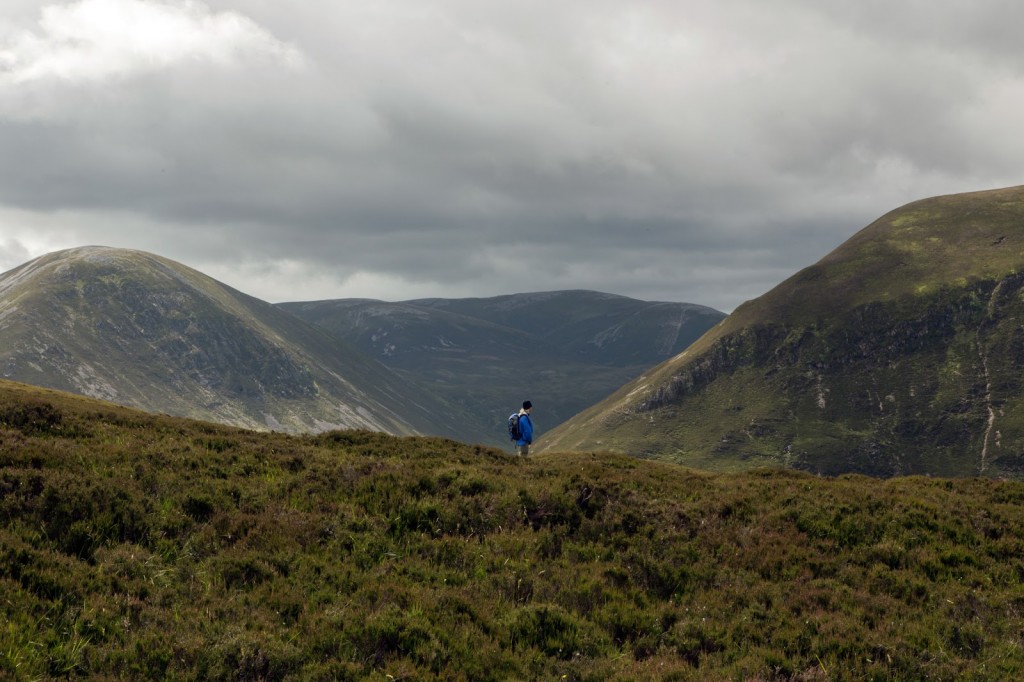 Walking in the hills for pleasure prodded the land access movement – the ‘unshakeable’ Scottish attitude that ‘the countryside is ours’, as Adam Watson puts it. Days out on the moor brought working people close by ruined shieling or Summertowns their fore-families occupied a few generations before.
Walking in the hills for pleasure prodded the land access movement – the ‘unshakeable’ Scottish attitude that ‘the countryside is ours’, as Adam Watson puts it. Days out on the moor brought working people close by ruined shieling or Summertowns their fore-families occupied a few generations before.
Ruighe na Cruinnich
Misty Summering
Adam Watson gives the name of this long abandoned dwelling as shiel of the mist. It was nearby the Glen Beg Burn in the ancient Ballochbuie Forest, owned by Trustees on behalf of the Queen, and saved by Queen Victoria from felling for profit.
An environmentalist summarizes the argument: private property rights diverge from public interest in the Highlands. It’s the ecological richness of the moors, relic pinewood, and sub-Arctic tundra in the region that prompts such judgments. The same criticism could be made of a gated community with a 4×4 in every drive, or a lawn whose sprinkler is always fluthering. It is the extent of the land and fondness people feel for it that give the Cairngorms a status within our culture akin to that of Yosemite. National Parks in Scotland don’t come close to matching those of the USA. Some would argue that the American parks are ecological museums, but they do have statutory powers, while the Cairngorm version, CNPA manages the eco-system on a ‘Voluntary Principle’, so, inevitably, some argue, international standards in terms of conservation are not met. Adam Watson defines the national interest in the Cairngorms as:
“unquestionably the natural evolution of landscape, habitats and wildlife, and hence the informal recreation which depends upon these and which forms the mainstay of the local economy … this national interest has been seriously damaged for over a century by overstocked deer, and land use of only local interest for a tiny minority…’.
Others define the local economy more pragmatically, in terms of the existing estates, with their sporting interests.
Where ownership has, notionally, been achieved on behalf of us, the public – as with the Forestry Commission – there has still been ecological damage. A soft fringe of birch and rowan screens some sitka plantations, highlighting the density beyond. These forest factories belong to us. Signposts point the way along paths leading for miles through umbrous corridors of tree-trunks with more dead branches than living. There is more space between the towers of a wind-farm: it would be common sense to combine the two enterprises, even if the trees do have to ensure there is clearance for wind currents. Combining these extractions is less an economy of scale and more a commitment to an improvement that would follow. Declare them a community owned time-based exchange: after the spruce has been harvested for local biomass energy supplies, after the wind-towers have become redundant, realize a conservation zone planted out with natives. Intensification leads us to separate productivity from ecology, perhaps they need to be established together as part of a living conversation?
People who walk the same paths rarely need be at odds. As Colin Miller says: ‘In Scotland the hardier hill-goers and the traditional stalkers enjoy a mutual respect, borne of a shared dedication to “the hill”’. Conflict is more likely to come from path-owners; track-makers who have decided the forms of production the hill is given over to, whether harvesting timber, or, intensive in their own way, grouse and deer.
Purposes and pleasures define ecology: above all, in the Cairngorms, ‘sport’.
STAG
is
KING
Peter Drummond describes stalking as ‘the sale of a life style which depended for its marketability on exclusiveness and the Victorian cult of the Arcadian countryside’. In this Arcadia there are no shepherds; the crofts were cleared in the 19th century. Rentals for Highland deer forests multiplied twentyfold between 1835 and 1860. Today the unsustainable quantity of deer hefted to the hill reflects their commercial value in terms of land prices. Totemic deer and grouse are conserved in order that they can be killed at the moment of a buyer’s choosing. The new tracks forced into the hills speak to the intensification of this process. A policy described as preservation traditionally involved killing other animal and bird species to extinction, to stop them killing grouse chicks. Recent reports of wildlife crime suggest not enough has changed. As for deer, not enough are being killed to ensure the herds are healthy and the pines can return.
Deer herds may look wild but they are maintained by regular winter feeding; without it they die, sometimes en masse when the winter storms come. Preserved as an asset the deer strip saplings and keep the heather moors as vast and bare as they are. Jim Crumley has made a motto of the old foresters ideal:
deer and trees belong together
Can the two totems, pines and antlers, be re-integrated? Can we overcome the dug in heels of those with bullets in their pockets and those with pinecones in their hands? Fewer deer and more woodland would transform the herd shivering by a fence in the lee of strips woods into healthy wild animals.
The passion of those who stalk is no different from those that climb, or any other wilderness craze. Still, it’s hard to monetize climbing – unless we count Tiso’s – and no one makes enough from alpinists to support the upkeep of a glen.
Sportsmen bring their own appreciation to the hill. They can tell you of the nineteen corries on Beinn a’ Ghlo, the Mist-veiled Ben, in which a rifle can be fired without being heard, so secluded is the mountain from hearing or habitation. Speaking on behalf of the ‘gentleman’ stalker Victor Balfour-Browne claimed: ‘the sport is stalking not shooting’, and there are still those who follow the old principles of walk-up, setting the experience of pursuit and craft above the quantity of the day’s bag.
No-one has easier access to the hill than the monied shooter who expects to be driven up to his butt in a climate controlled land-cruiser along new hill tracks. Still, those who talk of the killing fields need to consider history: hunting has always involved ritual slaughter, as elrig, eilrig, or elrick names remind us. In the days before shotguns these natural corries were used as corrals for ambushing deer, into which the tainchel beat the herd, kettling them for the clan nobility to dispatch with spear and dirk, while the chief, or royalty, watched on from the hilltop.
Tom Odhar na Seilg
Grey Knowe of Hunting
Coire an Fhiadhaich
Deer-stalkers Corrie
Tom Odhar na Seilg is one of the old hunting-related names, as is Coire an Fhiadhaich, which Adam Watson gives as Corrie of deer-hunting. There are two corries of that name; one north-east of Invercauld, between Craig Leek and Meall Gorm, another below Càrn Dearg, Reddy Cairn, in lower Glen Gairn. Liath is properly grey-green, for the dull pallor of the grass. The Tom is beyond the abandoned – or should that be cleared, the terms are often confused? – township of Auchtavan, on the lower reaches of Bad nan Cuileag, Spinney of Flies. (Surprisingly these aren’t the dreaded midge, – meanbh-chuileag in Gaelic, literally wee flies – but some other insects, maybe clegs?).
The following name is for a path through Ballochbuie Forest where shot deer were hauled.
The Drag Path
These names belong to the sub-culture of stalking; none appear on the OS maps.

Landseer’s masterpiece, ‘Monarch of the Glen’ (1851) found its ideal location in the refreshment room of the House of Lords, where the Nineteenth century stag cult held sway. Hunting has romanticized and distorted accounts of Highland ecology for decades. This stag-centric argument given by Michael Wigan is typical:
‘The establishment of the sporting estate, emulating the enthusiasm of Queen Victoria and Prince Albert at Balmoral, is often cited as the start of land management for deer, the animal that has existed alongside man for the longest time and has been utilised by him most consistently. Scientists have now found that not only were deer managed by man in the Highlands long before the Victorians, but long before the early medieval hunting forests too. A study of bones and artefacts reveals that at the end of the Ice Age deer were being culled selectively, intrinsically a policy of control and conservation. In the warming environment, with the growth of scrub birch and pine, red deer proliferated, replacing the reindeer of the earlier tundra. There is evidence to show scrub was burnt, as heather is now, to provide fresh shoots for deer to eat. Winter feeding of deer, hailed by some as an unnatural innovation on deer forests in the 1980s, actually began thousands of years earlier.’
Setting aside the rights and responsibilities of ownership, anyone dedicated to ‘the hill’ enters a complex ecosystem. In the span of mountain-time all is change: we walk upon habitats, but the hill is no static reality. Estates cover vast tracts of land, though in terms of the clans each glen was usually divided-up between septs.
Those who would divest sporting interests of their purchased right to leisure must consider what becomes of the land? There are progressive lairds, such as Anders Holch Povlsen who has reduced the deer population on Feshie to 1 per square km, rewilding the glen. When the scale of ‘wild’ land and the population to care for it are out of proportion, and have been for decades, or centuries, then there are no easy answers. The welcome innovation of the community buy-out depends on there being a community present, and their having the confidence – itself a form of access. Ecological solutions tend to be microtonal – community woodlands, islands of Scots pine connecting relic Caledonian Pine-forest, the knowledge shared by a place-aware mountain guide, a bothy with berths for a half dozen, or a new community hydro scheme, such as Corriemulzie, which went online in May.
Spend a day reading an SSSI report and every footstep on the hill can seem to endanger a rare moss or lichen. Moorland could be returned to woodland, but what tree species? Should the trees be planted, or must we wait for them to return of their own accord? If a Great Wood should return to cover the hillside then what would that mean for the delicate ecology of the peat-moor?
If one walks North-South or East-West through the Cairngorms one crosses over five or six different estates; a mix of private and public ownership, each one with an evolving policy on afforestation, tree planting, timber extraction, deer management, shooting for ‘sport’, and alternative systems of energy generation. All too often policy debates are locked in to views that stubbornly refuse to listen.
Negotiations between interest groups, the whims of private owners and the disparate policies of public bodies, define the appearance and biodiversity of the landscape. The Cairngorms’ ecology has been a product of leisure pursuits and profit for centuries – sitka plantations, muirburn, the funicular railway, the gash of new roads, and the lack of wind-farms on Royal Deeside. The same powers determine whether paths are open, or blocked by deer fences and padlocked gates.
Place-names reflect hierarchical divisions of the land.
The Forest
Clais Mhadaidh
Wolf Hollow
As Adam Watson notes: no trees in these forests, only open moor and a hill forming the ancient deer hunting territory between Balmoral and Lochnagar. The name distinguishes it from the grouse moors of Girnock and upper Glen Muick.
Joe Dorward gives Clais Mhadaidh as hollow of the wolf, a dry steep-sided gully down which deer were driven to slaughter. Seton Gordon described it as ’curious and far-stretching’.
Recently the RSPB have given up trying to negotiate a voluntary agreement with landowners on the preservation of hen harriers. Coming to terms with the gulf between the various parties that define ecology and leisure is wearying – it’s hard enough to understand the denuding effect one proprietor may have, harder yet to close the distance between two parties with such opposed outlooks.
Access alone is not the answer. In truth, isn’t the issue one of care and a deep consideration of what form, or forms, of ownership engenders that? Given the size of the great Estates should the principle of care be detached from ownership? Do new forms of transhumance offer a solution, if not now, perhaps someday? (This is an idea I will return to).
***
ibliography
John MacKay, in Adam Watson: ‘The Ecology, Land Use and Conservation of the Cairngorms’Ann Glen: The Cairngorm Gateway
Colin Miller: email to AF, August 2016
T.C. Smout, ‘Landseer’s Highlands’, in Richard Ormond: The Monarch of the Glen, Landseer in the Highlands
Michael Wigan, Introduction to Glyn Satterley: The Highland Game
Lea MacNally: Highland Deer Forest:
Adam Watson: The Place Names of Upper Deeside
Adam Watson: review of Charles Gimingham (ed), The Ecology, Land Use and Conservation of the Cairngorms
photography
Gill Russell, Glen Ey: Hannah Devereux, 2015
Plantation, Invercauld: Hannah Devereux, 2015
Griffin wind-farm: Alistair Peebles, 2011
Deer, Glen Ey: Hannah Devereux, 2015
Landseer: Monarch of the Glen’, etching by Lowell Hartford Ins 1890
Hillside: Hannah Devereux, 2016
Scots pine, Glen Derry: Hannah Devereux, 2016
Scots pine, Glen Derry: Hannah Devereux, 2016
Braemar Hydro Scheme: courtesy Braemar Community Hydro, 2016
Muirburn (Heather burning), Geallaig: Hannah Devereux, 2016
Gathering was commissioned by Hauser & Wirth, for the Fife Arms Hotel, Braemar; the project was launched in 2015 and will conclude in 2018.
The artist residency at University of Aberdeen is funded by The Leverhulme Trust; the project was launched in July 2016 and will conclude May 2017.

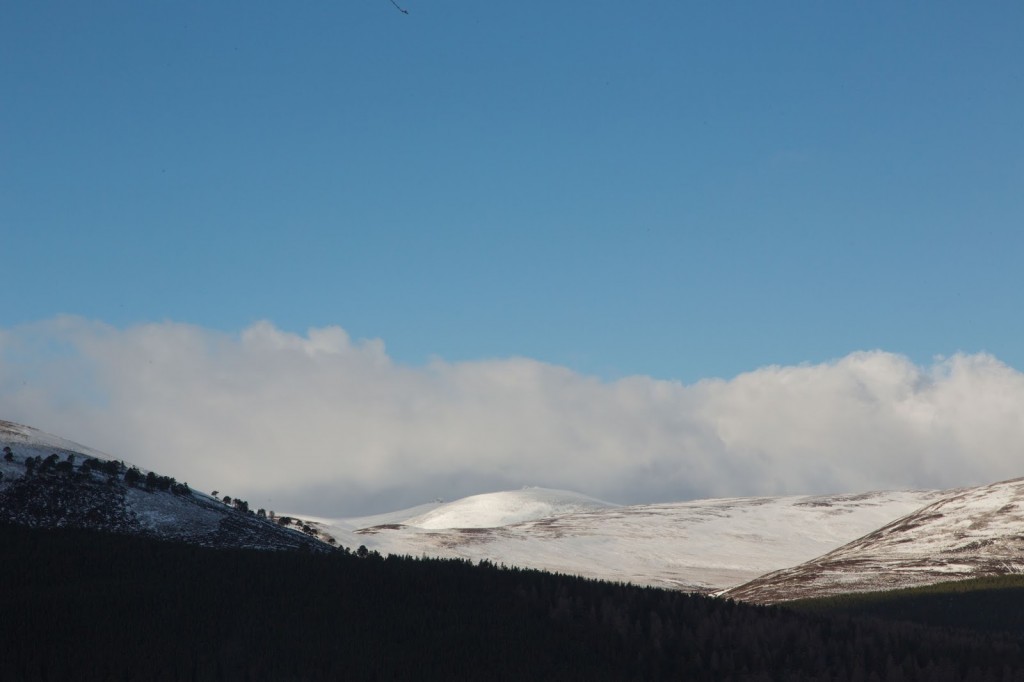


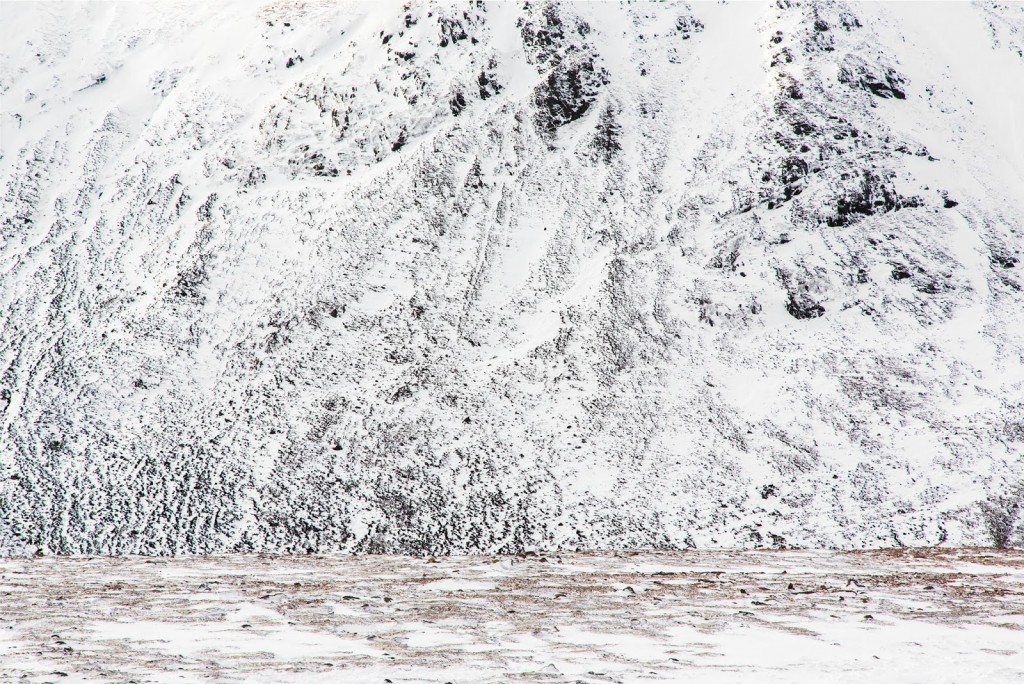

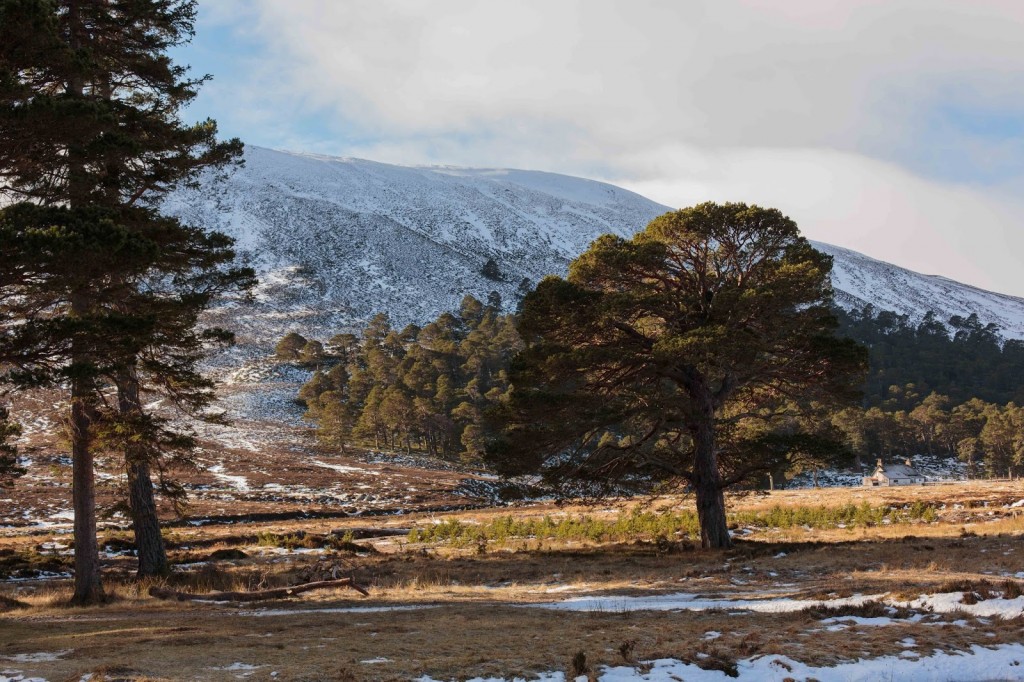
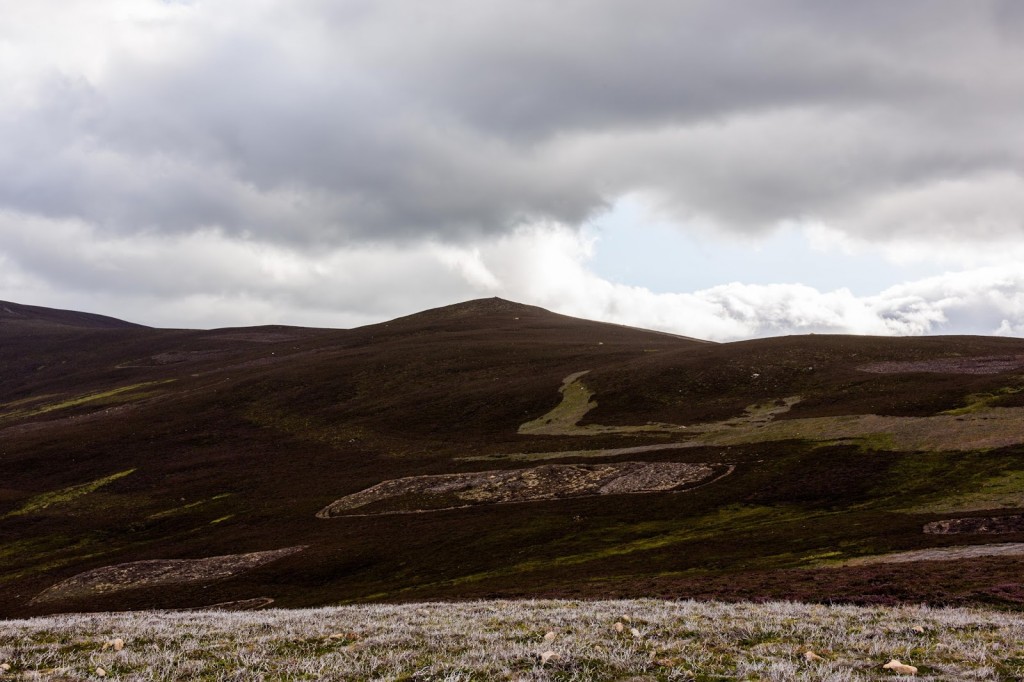
There is no comparison between Scotland’s two National Parks (we have a lower % of National Park coverage than England, and no coastal or marine National Parks) and those of America. There National Parks are state-owned, unpopulated (depopulated if necessary to create them) and access can be restricted.
Here, we have adopted the English model, of multiple ownership, populated, and economically active Parks. They are going to look and operate very differently. Hence the house-building boom in Cairngorms (Loch Lomond was already well developed economically).
Deer stalking is a bit of a red herring. Land owners are looking to generate cash, and whether ownership changes from private (individual) to private (community trust) deer stalking continues.
The notion that deer stalking is a “red herring” when considering our stewardship of the Cairngorms is certainly a novel one.
Assynt? In local community trust hands but still marketed as a shooting experience.
If there was a local community buyout of uplands in the Cairngorms they would carry on shooting deer – most probably with paying clients – SNH would require them to meet their deer cull targets.
Why would you imagine that I have any desire to stop people shooting deer?
I’m keen to see deer numbers reduced so that we can make progress in restoring the ecosystem and diversifying the upland economy.
My point is that the economic use of the uplands is low and diminishing – the Cairngorms particularly so.
Regardless of who owned it, I think the economics leads to large land parcels, with low intensity economic activity, mostly shooting.
For those who have the facilities, they may also benefit from tourism
Anyone else imagining a Utopia where the residents of the sink estates of Glasgow and Edinburgh roam the Highland hills to hunt millionaires? 😉
Yes, but driven not walked-up. Driven would make it less pleasant for the millionaires and easier for the guns.
I enjoyed reading the article, but unsure what it’s point was. A bit diffuse and unfocussed.
Yes, it’s a wandering piece and I didn’t intend it to be a conclusion. It goes along with a series of posts you can see here: http://gathering-alecfinlay.blogspot.co.uk. National Trust run deer shooting in the traditional way, with culling, and pinewood regeneration, with gamekeepers and conservationists working hand in hand. I didn’t want to present myself as an expert with one single solution – as the comments show, there isn’t one– but to discuss how these kind of hybrid and innovative situations are evolving. It is possible to pick out good and bad practice, but not to identify one type of owner as entirely at fault.
If we really want land reform in Scotland the first move would to be to nationalise the sporting rights on non arable land. Existing gamekeepers, stalkers etc would be employed by the state and become game wardens. Their remit would be to ensure the reduction of deer numbers to a level compatible with regeneration of forests and issue hunting licences accordingly. End all grants,etc. to landowners and restrict ownership to residents in Scotland. There would no longer be any exclusiveness in owning a sporting estate and land prices should fall to use value. At that point the state can intervene with a resettlement programme based on crofting, forestry and small scale industry. In the short term this would provide work and hope for those presently unemployed or in jobs they hate. In the medium term it would save on much of the social cost of those “at the bottom” and in the long run It would be an investment for future generations. Discuss.
SNH got a 9% budget cut last year. They don’t even have enough people to count the deer, never mind manage them directly. Or to buy up the land and hand it out to people (who?).
The idea of crofting, small scale forestry etc. is appealing, but not the economic reality. Scale is winning out over traditional practices, and the subsidy is largely going to the larger, richer farmers.
With BREXIT, there is the opportunity to change the farm subsidy regime, assuming Westminster wants to keep it. BREXIT also allows restrictions to be put in place on land ownership. The SNP should eventually convert to an EU-sceptic position, but it will take time.
Economies of Scale have a strong tendency to make people obsolete and obsolete people are a burden on the rest of society. As for subsidies going to the wealthier farmers, why should they? If economies of scale are truly economic the wealthier farmers shouldn’t need subsidies. While an expansion of crofting/forestry etc. may be costly in the short to medium term, in the longer term it would produce considerable benefits to both humans and the environment. It would also reduce much of the cost incurred by obsolete people living hopeless lives. (Interesting – I think that it was on a farming program a week or so ago, the Council for the Protection of Rural England was suggesting that in a post EU UK farm subsidies should go to family farms, not to agri-businesses.)